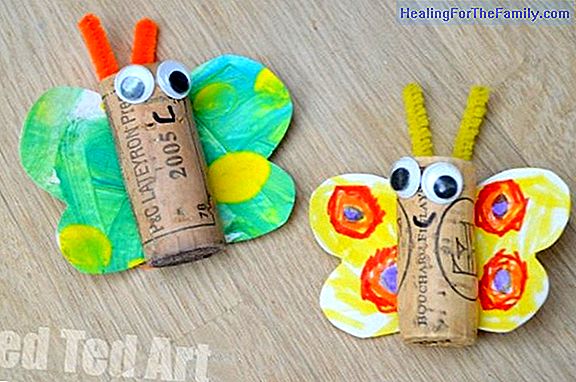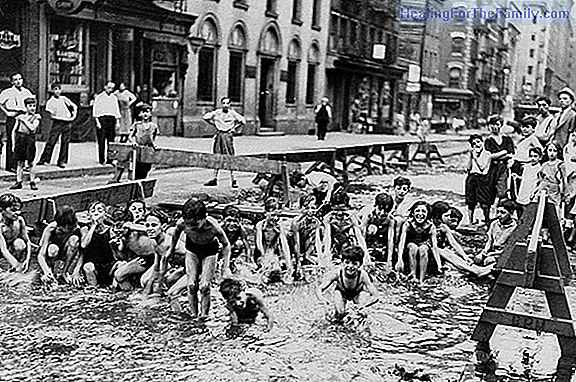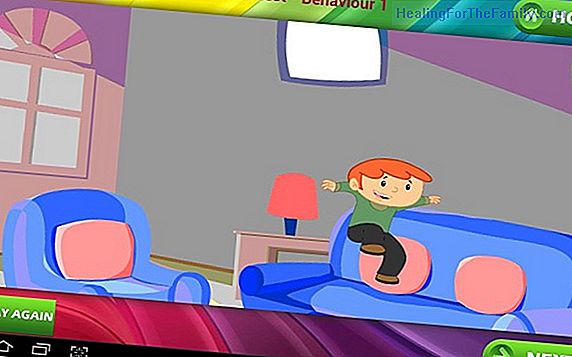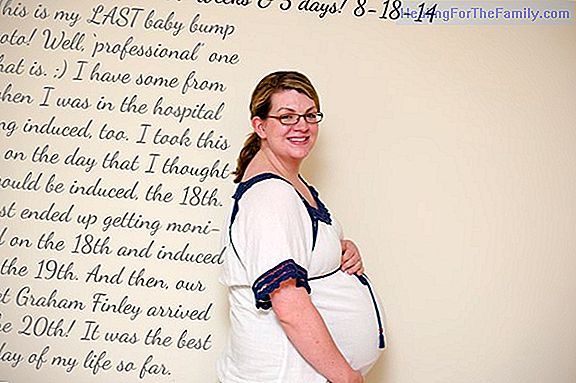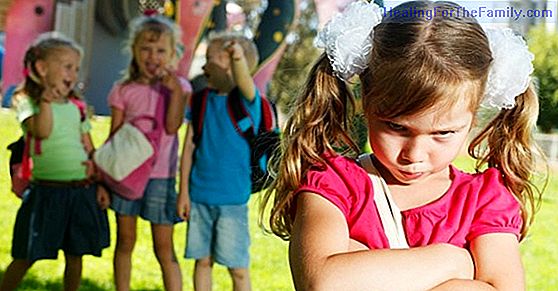What is a friend for a child
My four-year-old son has a stone he calls 'Piedrita'. He painted her mouth, eyes and nose. And it's your friend. Sometimes he puts her in the bathtub. He says he has to wash his hair. He also goes down to the garden, and presents his favorite dolls to see if he makes more friends. So little stones a
My four-year-old son has a stone he calls 'Piedrita'. He painted her mouth, eyes and nose. And it's your friend. Sometimes he puts her in the bathtub. He says he has to wash his hair. He also goes down to the garden, and presents his favorite dolls to see if he makes more friends.
So little stones already know 'Osito', 'Elefantito' and 'Jirafita'. What surprises me is the affection with which he treats Piedrita and all his inanimate friends. It is a reflection of what he means by friendship: dedication, love, generosity and respect for differences.
What are friends for children according to their age?
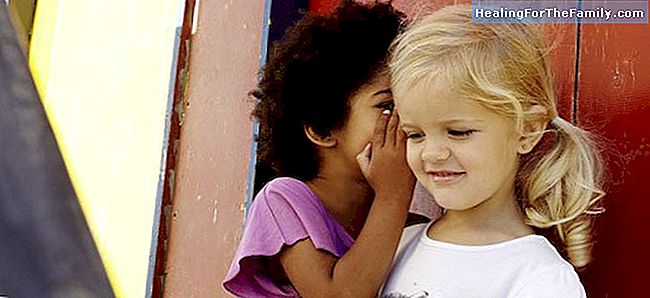
For younger children, there is no outer beauty. So strong. It does not matter if a child is lame, has glasses or a device in his ears. It does not matter if it is Chinese, African or Indian. Do not care. His eyes are still free from prejudice. They share their toys or do not share them, but not because the other child rejects them, but because they still do not know what friendship means.
Children grow up and observe their surroundings. They see that others are related. They learn to play with other children. And little by little they understand that those children with whom more things share, and with those who feel better, are called 'friends'.
When children grow up, their eyes start to fog up and they see otherwise. They begin to notice the 'differences' . Some tolerate them and others begin to reject them. They also begin to select their friends. Maybe they choose the ones they admire the most, the ones they consider the most attractive, the nicest, or the one with the most toys.
At that moment, when they begin to select their friends, it is when they also begin to reject others. From the age of 6 we already heard that 'Marta is no longer my friend'. Or 'My worst friend is ...'. And with the greatest sincerity and the least piety in the world, they are able to expel a child from the group and make it empty. Friendship begins to become a complicated network. Some want to send. Others do not want to be sent. Groups of friends are often real power struggles. And in the end, everyone competes to take the lead. Each child represents a role within the group of friends. Everyone has their own function. There is the imaginative child who brings creativity. And the active child that provides energy. There is the most daring and the most rational child who brings balance. But everyone should have the same rights
: the right to play, to have fun, to have an opinion, to participate, to choose. At this age, the concept of 'best friend' also begins to form. And it is that friend more like in tastes or that more complements the other. Here the personality of children plays a great role. So whenever I see my son talking to 'Piedrita', with 'Osito' and 'Jirafita', I think he rehearses a great role. As an actor when preparing an important work. Its title: 'Essay on Friendship'. First part.



